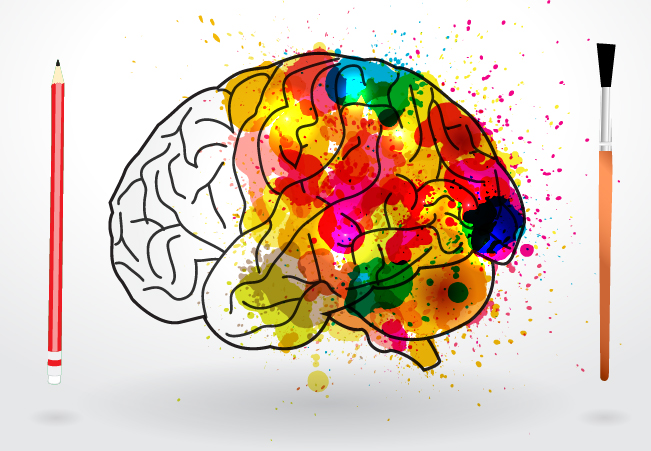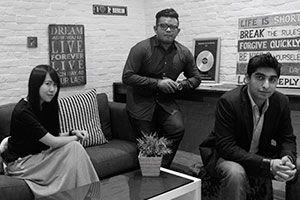If you’re a returning reader, by now you probably know two things: 1. We are based in Singapore, and 2. We do interior designs. Two of the most important things about us and coincidentally, two of the things we love the most.
Although we enjoy interior design and bringing you the home that you will fall in love with, we also believe that interior design is more than just looking pretty and sweeping you off your feet. Your interior design represents your character and life style, and sometimes, it does more than representing you.

Source: wix.com
Huh?
You see, the human mind is an interesting and complex thing. Your environment and places of being can easily have an effect on you. If this is sounding a little too next level stuff, just take a step back and think about it; for instance, do you feel the exact same when you walk into a dark, cluttered living room and when you walk into a bright, spacious living room?
Probably not.
How about the same living room, but between when it’s messy and when it’s clean and tidy?
I think I can speak for most people when I say that the difference would really affect my feelings. Even just a little bit.
Now, all of which I’ve just described are just a virtual thing. Another factor in any virtual display is, you guess it, color.
Do colors really have an effect on our mood or feelings?
Once again, the answer might vary from one person to another, but in most cases, it does. Imaging being locked in a small room with all the walls, the floor and ceiling painted white, and being locked in another in red. Even in your head, you could probably already feel the difference.
And since the colors in your home do have an effect on you, your babies, tiny, but still human beings, are also getting slight effects from the colors at home, too.
What does this mean?
This means that your baby, who is less capable of expressing and analyzing feelings and mood swings (Well, sometimes we as adults can’t even master that.), are likely to receive more impacts from the colors in the nursery or their room. This is, by the way, completely scientifically researched and have been known for decades. This New York Times article from way back in the 1980’s discussed about how colors affect behaviors.
Now, let’s take at some common colors and see how that affect behaviors
Red
Red is the color of excitement and energy. And, usually avoided for nursery or children’s room because it is also associated with aggression. Of course, this doesn’t mean you need to get rid of every red things in your baby’s room. A few touch here and there is fine, painting the walls red might require a second thought.
Pink
A soft, mellow color that has a calming effect, although too much pink can lead to anxiety and agitation. Like most things in life, too much is never a great idea. Use the color in moderation for the perfect balance.
Yellow
The happy color. Commonly associated with happiness and cheerfulness. Brighter shades of yellow can even stimulate memory and metabolism. However, because of its stimulating ability, painting walls yellow might over stimulate your baby’s emotions and feelings, which might result in bad temper or overly emotional babies.
Blue
The exact opposite of red is probably the first thought that comes to mind when people think of the color blue. Similarly, blue does the opposite thing in psychology as well. Blue is said to calm the mind and the body, this makes it a good color for children who have trouble sleeping or are prone to tantrums. It is also the color is associated with water and the sea. Having a good amount of blue in the room also has a cooling effect – of course, in your head, but isn’t everything?
Purple
Purple is essentially the combination of blue and red, two opposite colors. This means that it has the characteristics of either. Commonly associated with wisdom and spirituality, the darker shade of purple is also associated with wealth and royalty. This color can promote sensitivity and compassion for children.
Green
Green symbolizes the nature and that brings a calming vibe to the space as well as a refreshing feeling to it. The color is said to reduce anxiety and promote concentration. Some studies even claim that green can improve children’s reading skills.
And remember, these are all just generalizations. Psychological responses to colors vary from one person to another. Make sure you have a few good looks at the colors and observe how your baby reacts to the colors before you make any decision. If you had the time and means, you could also always change the colors every once in a while. Ask the experts in Singapore interior design now!




